What is research within the School of Visual Arts?
Art and design research is rooted in search and discovery. The core of SVA’s research work in studios, classrooms, libraries, and museums involves looking again at sources and materials to imagine surprising connections and create new knowledge and new forms. Art and art-based research is speculative, and our students learn to imagine possibilities for the future through their creative and conceptually-informed work. At SVA, student work and research is disseminated through exhibitions in our four galleries. We offer ongoing partnership exhibition opportunities with galleries in Boston, New York, and Venice, Italy. Localized, experimental, and professional-level exhibition practices are supported and extended through a curricular focus on writing in the field in all degrees. The School of Visual Arts has recognized strength in arts publications, both analog and digital, and faculty expertise in book production, print, and the integration of word and image. MFA degrees in Graphic Design, Visual Narrative, and Print Media & Photography extend this area of research strength.
With our intimate size, major research university setting, and highly focused nationally-recognized professional programs, SVA is able to support a broad range of faculty mentorship programs, internships, and student-led research. Recent examples of faculty-led professional work and collaborative projects involving students are linked below. Our faculty, visiting artists, curators, culture workers, and visiting faculty members from other fields help model the range and depth of what arts-based research can be. Art as a form of inquiry provides opportunities for depth, complexity, and meaningful resonance, making it possible for the audience to hold two ways of thinking or seeing at the same time. Arts-based research is an ideal output for expressing complex truths that connect the experiential and subjective with historical knowledge, often disrupting prior assumptions about agency, power, identity, and culture.
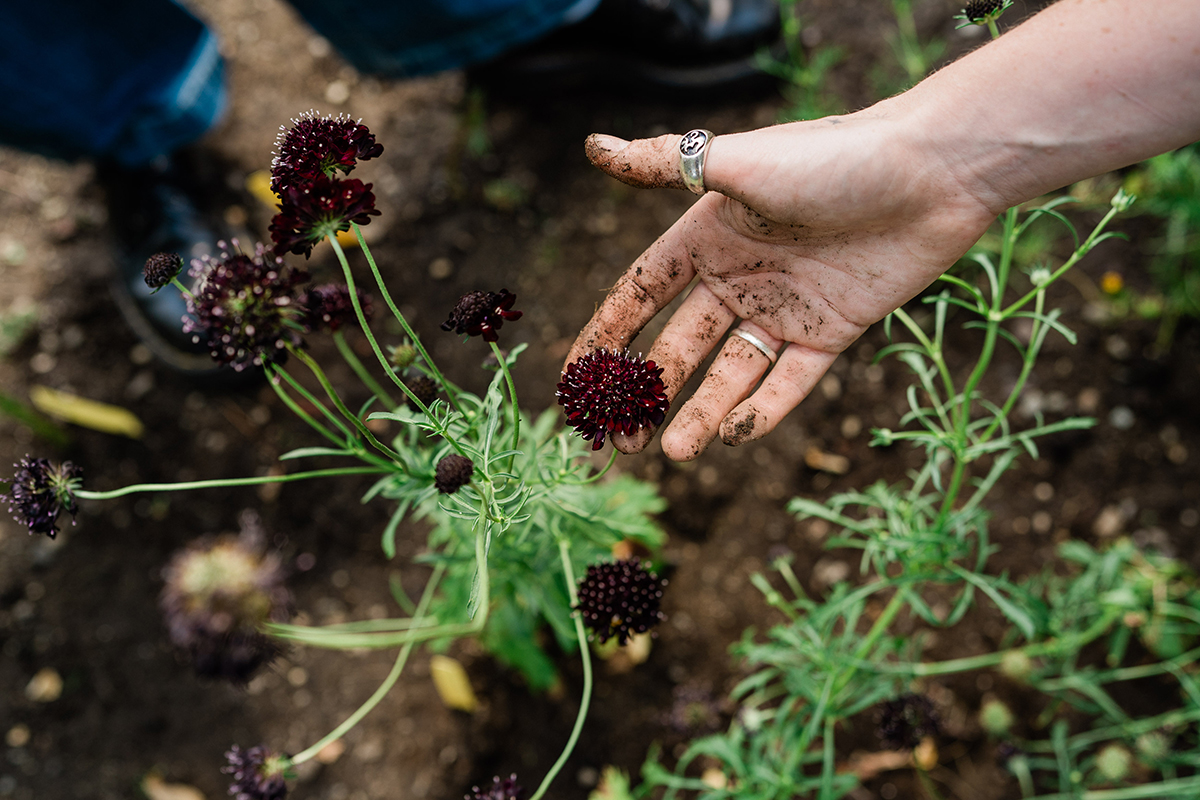
Exploring art, nature, and community through plants
The CFA Color Garden is a student-led project transforming a green space into a hub for learning, sustainability, and creative exploration. The garden invites students from all disciplines and the Boston community to engage with plants, cultural traditions, and sustainable practices.
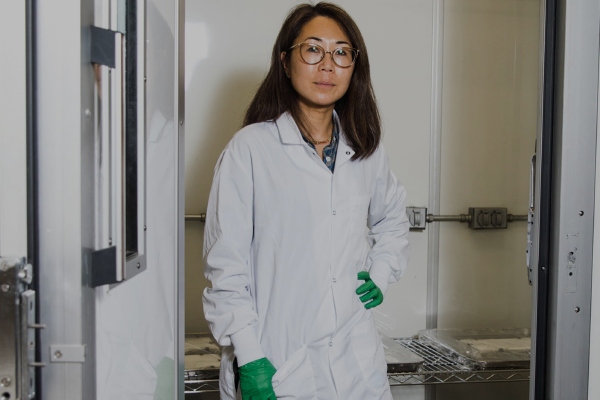
From Studio to Lab
Associate Professor Lucy Kim uses science to turn simple screen prints into organic creations. Kim, who was the artist in residence at the Broad Institute of MIT and Harvard, is creating art with melanin, the natural pigment that gives our eyes, hair, and skin their color, using it to make captivating monochromatic screen prints.
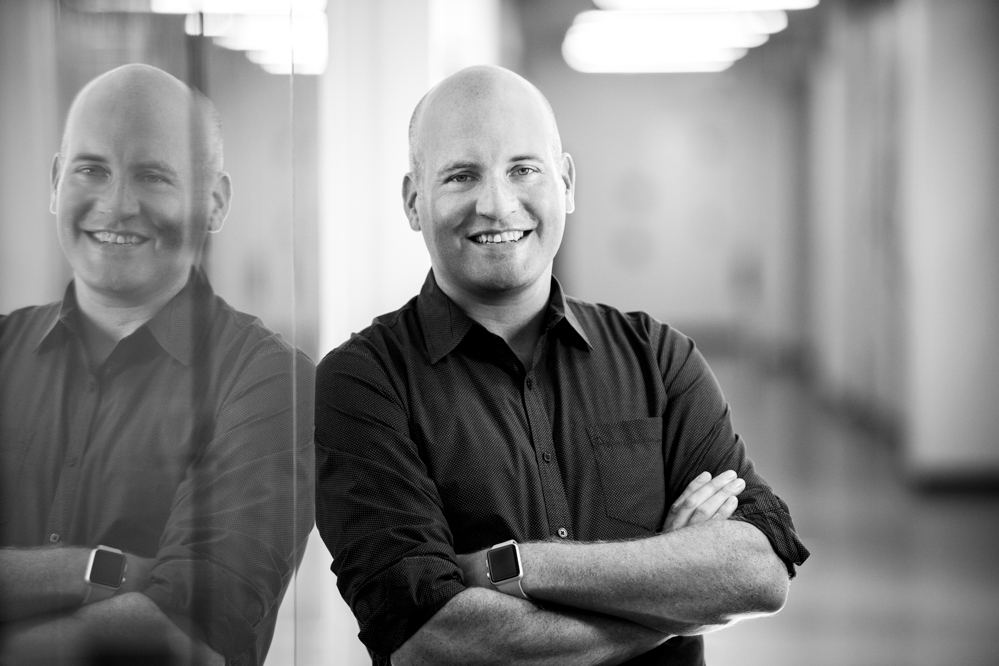
“Random Actor” weaves together stage actors, graphic design, and digital projections
A design and theatre collaboration exploring real-time digital theatrical projections with James Grady, BU Spark! creative director and a CFA assistant professor of art, graphic design, and Clay Hopper, CFA senior lecturer in directing, was made possible by the Shipley Center for Digital Learning & Innovation and driven by visiting artist Paolo Scoppola.
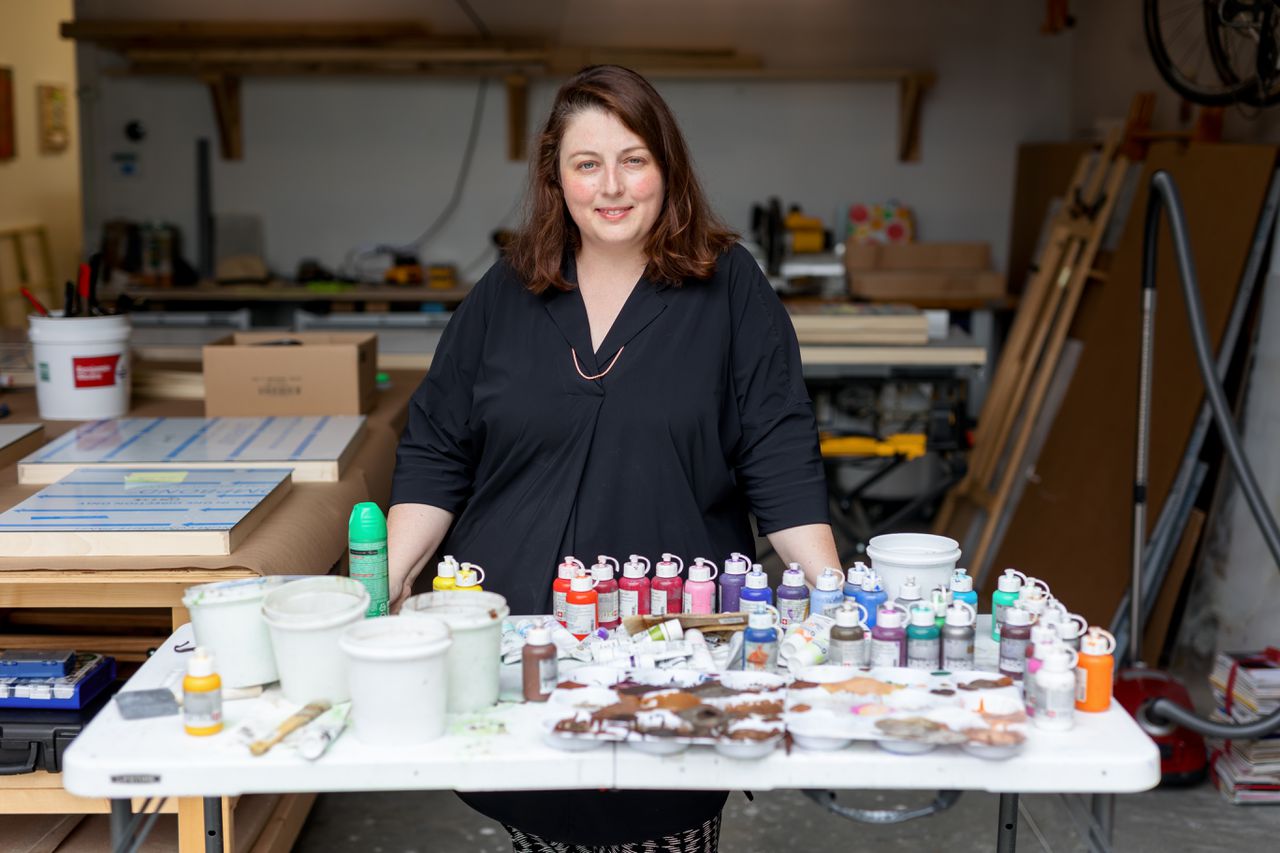
The rich realities of painter Josephine Halvorson
Painter Josephine Halvorson, professor of art and 2021 Guggenheim Fellow, was also the first artist-in-residence at the Georgia O’Keeffe Museum in Santa Fe. Halvorson’s still life paintings are meditations of her surroundings, the life of objects, the ground; grass, dead leaves, pebbles, weeds, spray-painted concrete. Halvorson grinds scraps from each site — plants, soil — and incorporates them into the area surrounding the image.
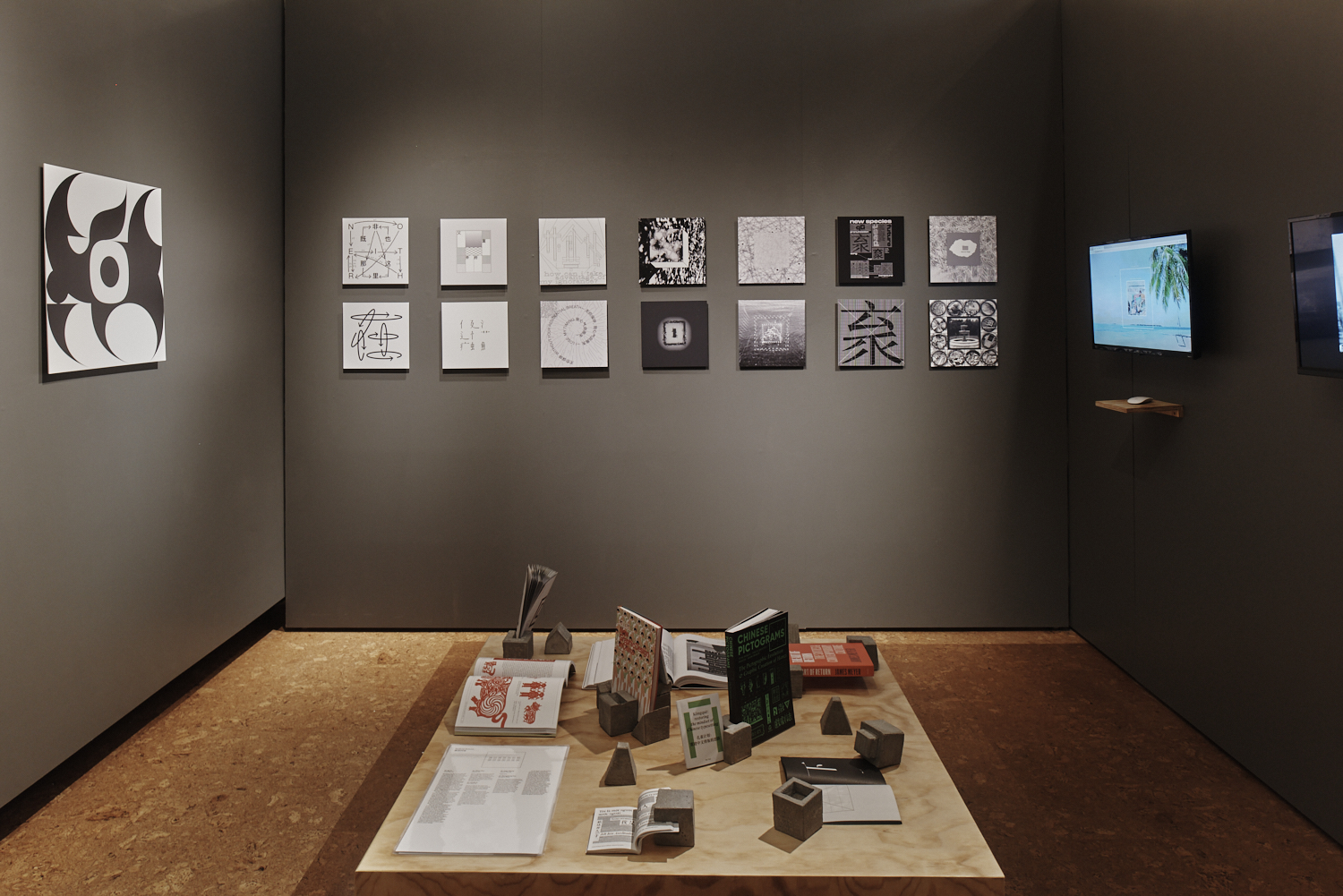
Radical Return exhibitions explore the relationship between design and culture
Radical Return, an exhibition that highlights Chinese and Chinese American graphic designers, was presented in partnership with BU Art Galleries and IS A GALLERY in the fall of 2021. Co-curated by Mary Yang, Assistant Professor of Art, Graphic Design, and Zhongkai Li, Director of IS A GALLERY, the exhibition was on view simultaneously at Stone Gallery in Boston and IS A GALLERY in Shanghai, China. The co-curators are the founders of Radical Characters, a study group and curatorial project that explores the relationship between design and culture in the Chinese and Chinese American community. Radical Return also made its way to Venice, Italy in summer 2022 for BU’s exhibition Figure, Character, Sign at A plus A Gallery.

Francisco Alarcon Is Helping Engineers and Artists Communicate
BU’s first computational artist-in-residence bridges the divide between two fields.
